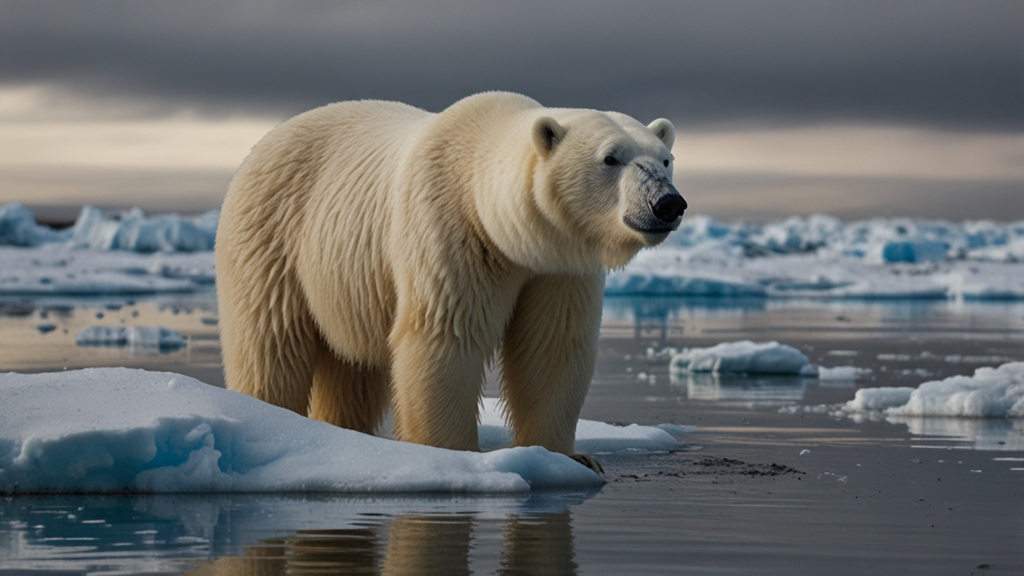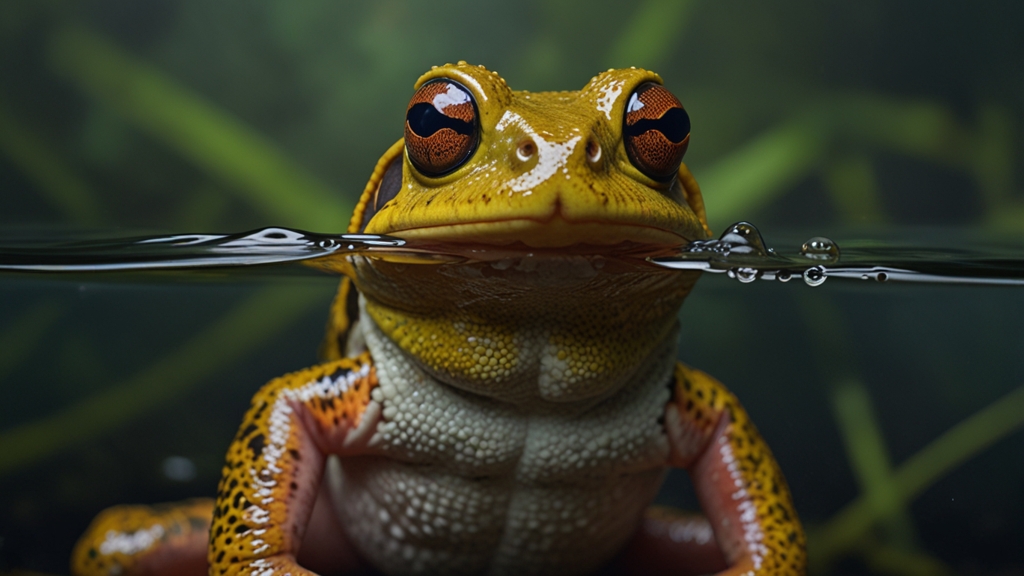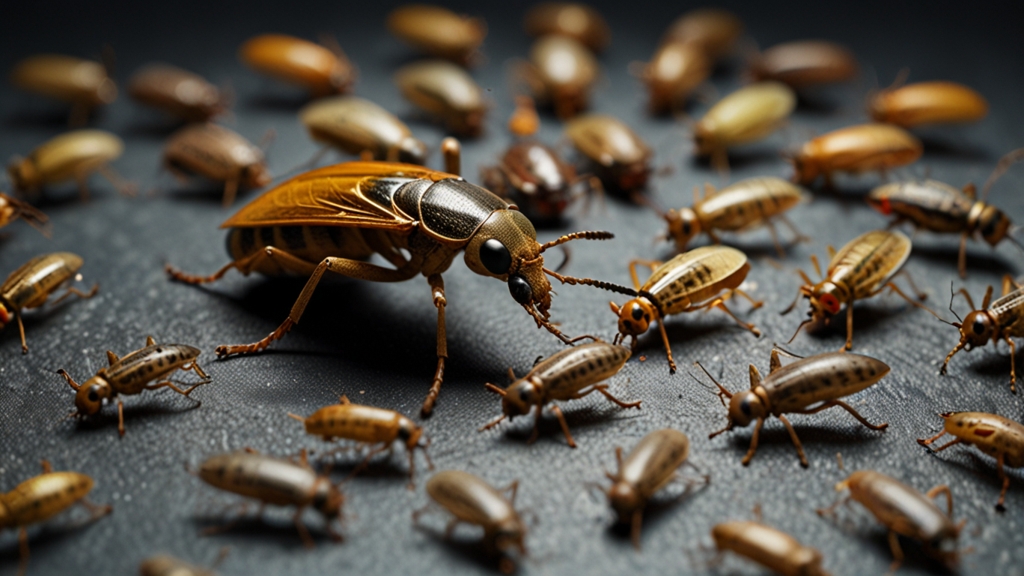Polar Bears in Peril: The Signs of a Melting Future
Polar bears, the majestic inhabitants of the Arctic, are facing an existential threat due to climate change. As the planet warms, the ice that these apex predators depend on is melting at an unprecedented rate. The plight of the polar bears is not just an animal welfare issue; it is an urgent environmental crisis that signals broader ecological troubles.
Disappearing Sea Ice
Sea ice is crucial for polar bears as it provides them with a platform to hunt seals, their primary food source. The ice also offers a habitat for resting and breeding. However, due to rising global temperatures, Arctic sea ice is diminishing at alarming rates. According to the National Snow and Ice Data Center, the Arctic sea ice extent in September 2020 was the second-lowest in satellite record, illustrating a consistent decline over the years.
"As the ice diminishes, polar bears have to swim longer distances to find food and are left with less time to fatten up for the summer fasting period."
Impact on Polar Bear Populations
The shrinking ice cover has severe repercussions on polar bear populations. Scientists have observed that lower body conditions and decreasing survival rates, especially among cubs, are becoming more frequent. With less access to food, malnutrition and starvation are becoming common threats.
Moreover, changes in ice patterns also force polar bears closer to human settlements in search of food, increasing human-wildlife conflicts. These interactions often end tragically for the bears, as they are perceived as threats and sometimes killed.
Signs of a Larger Problem
Polar bears are often considered the 'canary in the coal mine' for climate change. The issues they face highlight the broader impacts of global warming on the planet. The melting ice does more than affect polar bears; it influences global sea levels, weather patterns, and the overall health of our oceans.
"Protecting polar bears by combating climate change is not just about saving a species; it's about securing a future for countless other forms of life, including humans."
Conservation Efforts
Efforts to save polar bears are multifaceted, involving local, national, and international initiatives. Organizations such as the Polar Bears International and the World Wildlife Fund are working tirelessly to address the crisis. These organizations focus on research, monitoring, and conservation strategies aimed at mitigating the impacts of climate change.
Another crucial aspect of conservation is reducing greenhouse gas emissions. International agreements, such as the Paris Agreement, aim to limit global warming and offer hope for the future of polar bears. However, meaningful change requires global cooperation and immediate action.
Conclusion
The fate of polar bears is intricately linked to the health of our planet. Their struggle against the melting ice is a stark reminder of the urgent need to combat climate change. It is a call to action for governments, organizations, and individuals to work together towards a sustainable future. By saving polar bears, we are also taking steps to protect countless other species and ensure a stable climate for future generations.
"The survival of polar bears is dependent not just on preserving their habitat but on a global commitment to addressing climate change at its roots."










